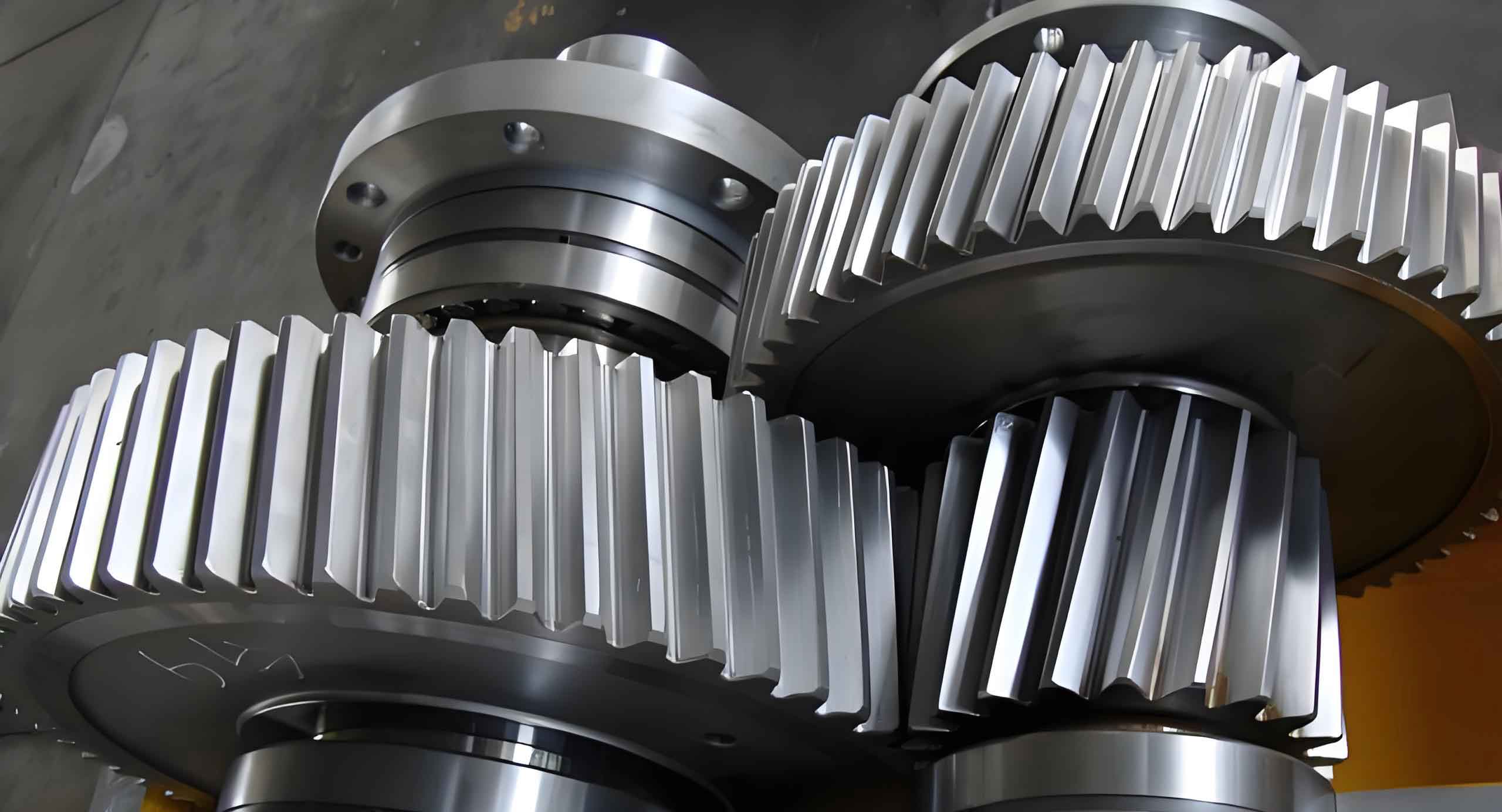Introduction
Wind energy has become a significant contributor to the global energy mix as the world shifts towards more sustainable and renewable energy sources. Central to the efficiency and reliability of wind turbines are the gears used within their gearboxes. Among these, helical gear stand out for their superior performance and reliability. This article explores the application of helical gear in wind energy, their benefits, and their impact on the overall efficiency of wind turbines.

Understanding Helical Gear
Helical gear is cylindrical gear with teeth that are cut at an angle to the axis of rotation. This design allows for gradual and smooth engagement of the gear teeth, resulting in quieter and more efficient operation compared to other types of gears, such as spur gears.
Key Features of Helical Gear:
- Angled Teeth: The teeth of helical gear is typically cut at an angle between 15° and 30°.
- Smooth Operation: The gradual engagement of teeth leads to reduced noise and vibration.
- Load Distribution: The angled teeth allow for a more even distribution of load across the gear teeth.
- High Load Capacity: Helical gear can handle higher loads due to the increased contact area of the teeth.
Role of Helical Gear in Wind Energy
In wind energy, the gearbox is critical component that transfers the rotational energy from the wind turbine blades to the generator. Helical gear is preferred in wind turbine gearboxes due to their efficiency, durability, and ability to operate quietly under high loads.
Advantages of Helical Gear in Wind Energy Applications:
- Efficiency: Helical gear provide high efficiency, which is essential for maximizing the energy output of wind turbines.
- Quiet Operation: The reduced noise levels contribute to a more environmentally friendly and less disruptive operation.
- Durability: Helical gear is robust and can withstand the high stresses and loads experienced in wind turbines.
- Smooth Power Transmission: The gradual engagement of helical gear ensures smooth power transmission, reducing wear and tear.
Design Considerations for Helical Gear in Wind Energy
Designing helical gear for wind energy applications requires careful consideration of various factors to ensure optimal performance and longevity.
Factors to Consider:
- Material Selection:
- High-Strength Steel: Often used for its durability and ability to withstand high loads.
- Advanced Composites: Used to reduce weight and improve efficiency.
- Gear Ratio: The gear ratio must be optimized to match the specific requirements of the wind turbine.
- Lubrication: Proper lubrication is crucial to minimize friction and wear.
- Thermal Management: Effective thermal management is essential to prevent overheating and ensure the longevity of the gears.
Table: Comparison of Helical Gear and Spur Gear in Wind Energy
| Feature | Helical Gear | Spur Gear |
|---|---|---|
| Tooth Engagement | Gradual | Sudden |
| Noise and Vibration | Low | High |
| Load Distribution | Even | Uneven |
| Efficiency | High | Moderate |
| Load Capacity | High | Moderate |
| Common Applications | Wind Turbines, | Basic Machinery, |
| Industrial Equipment | Basic Transmissions |
Impact of Helical Gear on Wind Turbine Performance
The implementation of helical gear in wind turbine gearboxes significantly impacts the performance and reliability of wind turbines. Their efficiency and durability contribute to maximizing energy output and reducing maintenance costs.
Performance Benefits:
- Increased Efficiency: Helical gear enhance the overall efficiency of wind turbines by reducing energy losses.
- Reduced Maintenance: The robust design and smooth operation of helical gear lead to less wear and tear, reducing maintenance requirements.
- Higher Load Handling: Helical gear can handle the high torque and loads experienced in wind turbines, ensuring reliable operation.
- Noise Reduction: The quiet operation of helical gear reduces noise pollution, making wind turbines more suitable for installation near populated areas.
List: Benefits of Using Helical Gear in Wind Energy
- Improved Efficiency: Maximizes energy conversion from wind to electrical power.
- Enhanced Durability: Extends the lifespan of wind turbine gearboxes.
- Lower Maintenance Costs: Reduces the frequency and cost of maintenance.
- Quieter Operation: Minimizes noise pollution, improving environmental compatibility.
- Smooth Power Transmission: Ensures stable and reliable energy output.
Conclusion
Helical gear play crucial role in the advancement of wind energy technology. Their efficiency, durability, and quiet operation make them an ideal choice for the demanding conditions of wind turbine gearboxes. As the wind energy sector continues to grow, optimizing helical gear design for enhanced performance and efficiency will become increasingly important. By understanding the key features, advantages, and design considerations of helical gear, manufacturers can continue to innovate and improve the capabilities of wind turbines, contributing to a more sustainable and renewable energy future.
